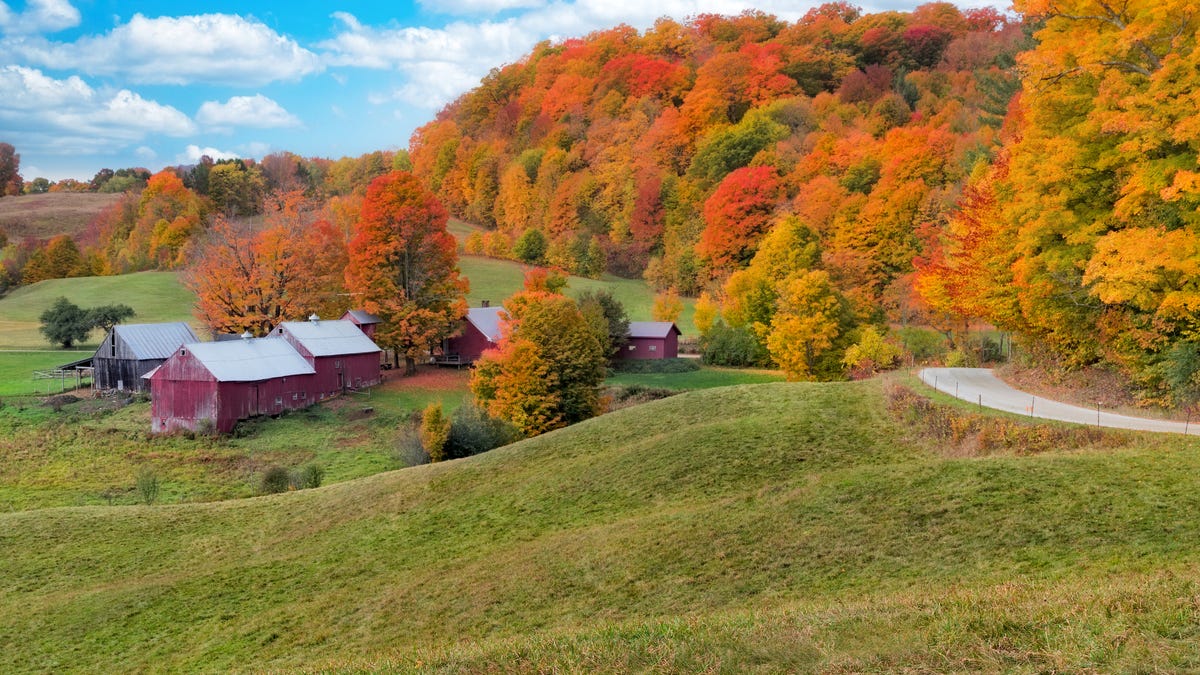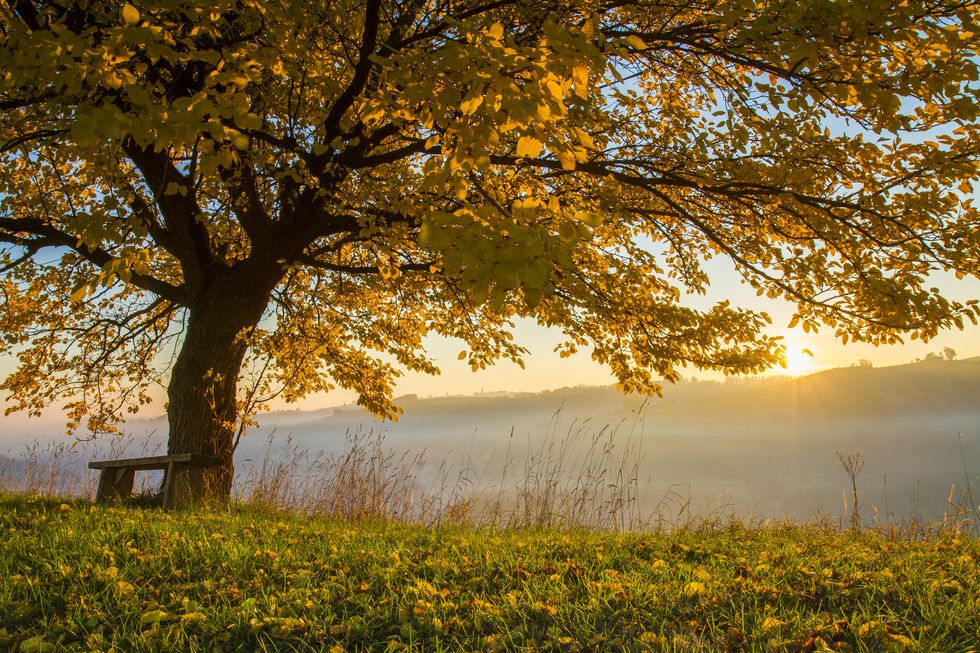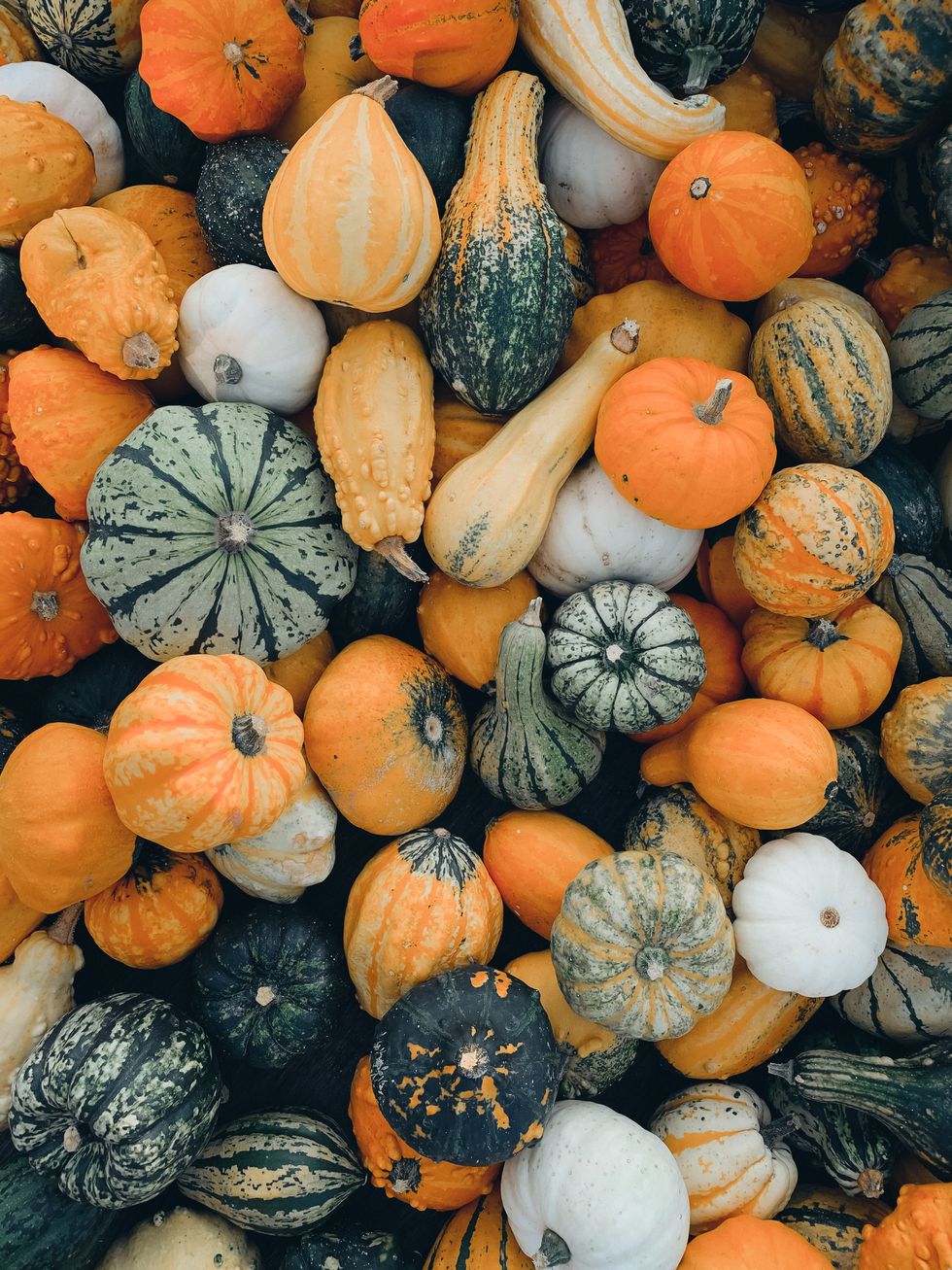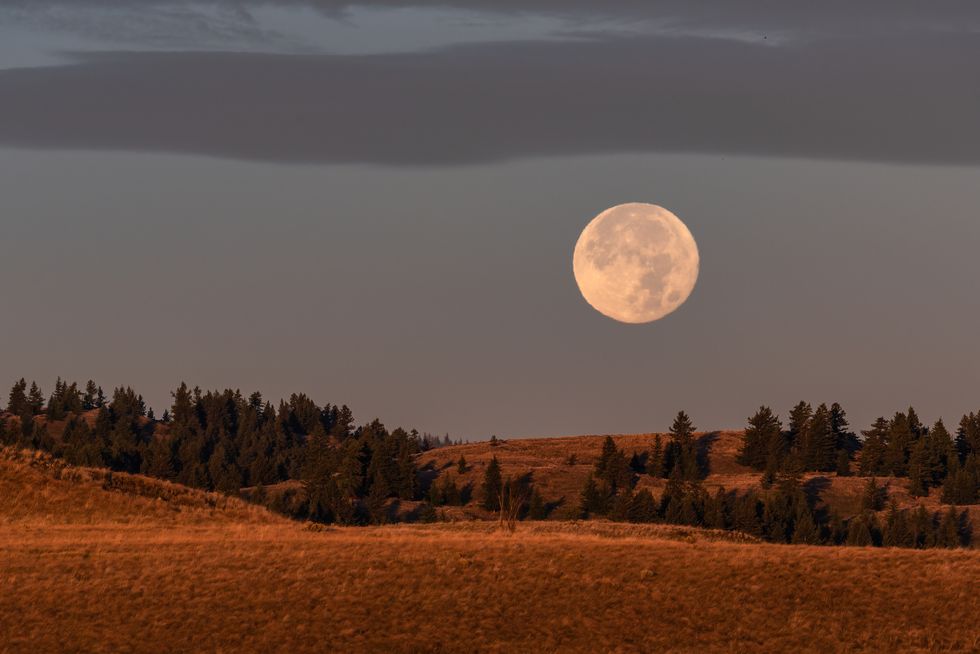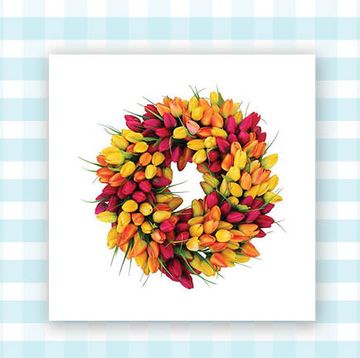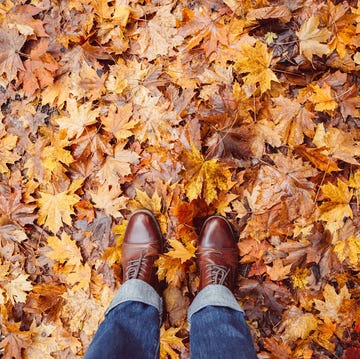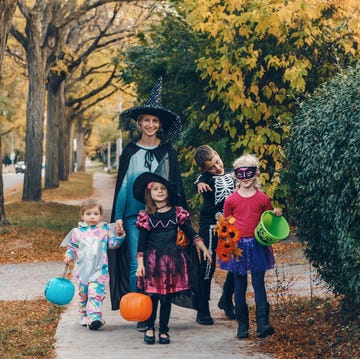As the summer heat lingers, we yearn for the first day of fall—the arrival of sweater weather and fall movie nights spent cozied up under blankets. We can't wait to break out our best pumpkin recipes, to go apple picking, or, perhaps, to take a long weekend to enjoy one of the best small towns for leaf peeping.
But when is the first day of fall, and how is it determined? Cooler weather and changing leaves aside, astronomy—the autumn equinox, to be specific—tells us when summer ends and the official first day of fall arrives.
When is the first day of fall 2023?
The first day of fall is Saturday, September 23, 2023—the same day as the autumn equinox—in the Northern Hemisphere. The date varies slightly year to year, but it is usually September 22 or 23. On rare occasions, it can fall on September 21 or 24.
If you happen to be part of the 10 percent of the world's population who lives in the Southern Hemisphere, then the seasons are reversed. In that case, the September equinox actually signals the start of spring.
What is an equinox?
Scientifically speaking, an equinox occurs the moment that the sun is aligned with the Earth's equator. There are two equinoxes every year—one in September and one in March—and they occur at seasonal transition points, determining the first day of fall and the first day of spring.
Translated from Latin, the word equinox means "equal night." However, in reality, this is not a precise definition. During an equinox, day and night are nearly equal in length. Thanks to light refraction and the fact that even a small portion of the sun peeking above the horizon lights the sky, day slightly edges out night on these days.
Fun fact: When day and night are exactly 12 hours each, that is called an equilux, meaning "equal light." Though the date of an equilux depends on your latitude (and never occurs on the equator), it usually falls a few days before a spring equinox and a few days after an autumn equinox.
What is the autumn equinox?
The autumn equinox marks the first day of the fall season and the coming of nights that are longer than the days.
For those of us living in the Northern Hemisphere, the autumn equinox happens in September. (In the Southern Hemisphere, the autumn equinox happens in March, and the reverse is true for the spring equinox, also known as the vernal equinox).
After the autumn equinox, nights grow progressively longer than days through the last day of fall, or December 20 this year. Fall ends when we reach the shortest day of the year—the winter solstice.
What's the difference between an equinox and a solstice?
During an equinox, the sun is aligned with the Earth's equator, marking the beginning of spring or fall. During a solstice, the sun's path is farthest from the equator, either north or south, marking the summer or winter solstice.) Both events happen at precise moments twice a year.
How is the autumn equinox related to the Harvest Moon?
During the Harvest Moon, a full (or nearly full) moon rises right around sunset for several evenings in a row. This is significant because the moon, on average, rises 50 minutes later each day than the day before—but not during the Harvest Moon. In olden days, this moon aided farmers bringing in fall crops by providing extra light to extend the workday.
While it's the position of the moon's orbit in relation to Earth that shortens the daily shift in moonrise times this time of year, it's the autumn equinox that determines the date of this annual lunar event. The full Harvest Moon can occur in September or October, depending on which full moon on the calendar is closest to the autumn equinox. In 2023, that will be the full moon on September 29.
What time is the autumn equinox in 2023?
The autumn equinox happens at the same moment worldwide, so the answer depends on your time zone.
- Eastern Time: For those of you living in areas that abide by the Eastern time zone, you can expect the equinox to arrive at 2:50 a.m. EDT on September 23.
- Central Time: Over in the Central time zone, the equinox is at 1:50 a.m. CDT on September 23.
- Mountain Time: If you happen to live in a Mountain time zone area, the equinox will arrive at 12:50 a.m. MDT on September 23.
- Pacific Time: The Pacific time zone can expect the fall equinox to arrive at 11:50 p.m. PDT on September 22.
When does Daylight Saving Time end?
Once fall arrives, you might start thinking about changing your clock. Not so fast! We have a few more weeks before Daylight Saving Time ends. This year, we'll "fall back" on Sunday, November 5.

Terri Robertson is the Senior Editor, Digital, at Country Living, where she shares her lifelong love of homes, gardens, down-home cooking, and antiques.
